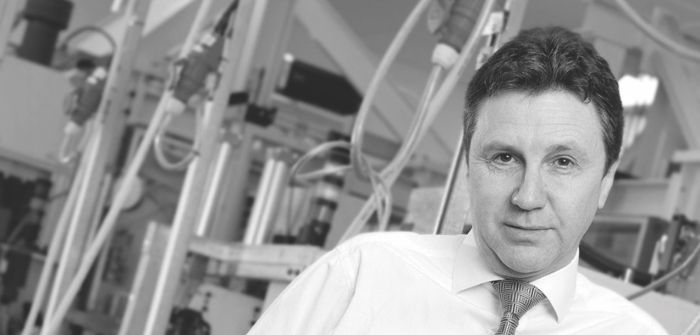ATTI‘s resident legal expert, Alex Geisler, considers whether WLTP and RDE are truly representative
The legal defense community is devoted to a number of theories about car and driver performance. For example, there are plenty of lawyers who will tell you that there’s no such thing as unintended acceleration, and that the actual phenomenon is HFAs (Heavy-Footed Americans). Theories like these may be unproven in any scientific way, but if they succeed some of the time, in some courtrooms, that’s enough.
The trouble with theories is that they rather depend on asking the right question, and the environment in which they are propounded. This week I learned that, in theory I am a ‘representative lawyer’, but only in a bad way. What I’m representative of is being male, pale and stale. That’s definitely a topic for another forum, so let’s take a notably more interesting theory, concerning CO2, NOX and particulate waste. In theory, at the time, Euro 6 was the answer. Unfortunately, since then, the question has changed. The question then, in 2014, was, What limits of particulate waste, CO2, and NOX can we live with in passenger cars? The question that followed was, How will we test these new Euro 6 engines? Then came the sequential question, Is the NEDC test fit for purpose? It turned out it wasn’t, although I could have told you that at the time. Meanwhile, it’s still the wrong question.
Then in 2018, as we all remember, came a shiny double initiative to fix NEDC. Not just the new WLTP test to replace it, but also a new complementary test, the so-called Real Driving Emissions (RDE) test. Henceforth, vehicles would undergo a longer, faster, four-phase WLTP test on a rolling dyno. Then they would also have a second test, where they would go outside. Test cars would leave the lab and be driven on public roads, in a range of conditions. They would be equipped with a portable emissions measurement system (PEMS) to measure particulate waste, their fuel economy and NOX. At the time, RDE got quite a splash in the media, being described as a ‘world first’ that would ‘ensure that cars deliver low emissions in on-road conditions’. Again, nobody asked me and frankly why would they, but it’s pretty obvious that you can never actually ‘ensure’ what vehicles will deliver in real-world conditions. Still, the regulators were satisfied, the car makers spent a fortune equipping and testing new and existing model lines, and some tax authorities got a revenue boost when WLTP revealed increased CO2 emissions.
What could possibly go wrong? Just the obvious and eternal variable: humans. What if the real-world human is a progressive driver with a penchant for high revs and low gears? Suppose the sun comes out and the human uses the air-con? Oops! None of these conditions exist in the framework for the RDE test.
This, in a microcosm, is what’s been happening in our industry in the last decade: the wrong questions and disconnected theories, each valid only in its own operating environment. In the operating environment of regulators sending technicians to test facilities, and OEMs diligently performing witness tests, the data is representative and it answers the right question. But in the environment of real consumers, who sue real car makers in real courtrooms, the test data isn’t representative and doesn’t answer the right question.
Actually, the right question is whether there are any economy and emissions tests that can reliably predict real-world experience. So far, the answer has been no. As I have tried to explain over the years to bemused courtrooms, these tests cannot give realistic predictions of real-world experience. All they can do is create comparative data between auto makers. We all knew that a decade ago, and nothing has changed.
By Alex Geisler


